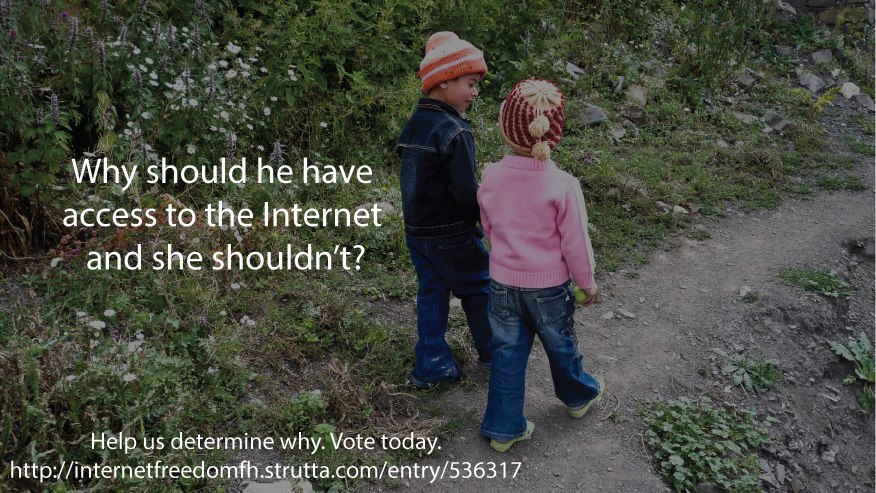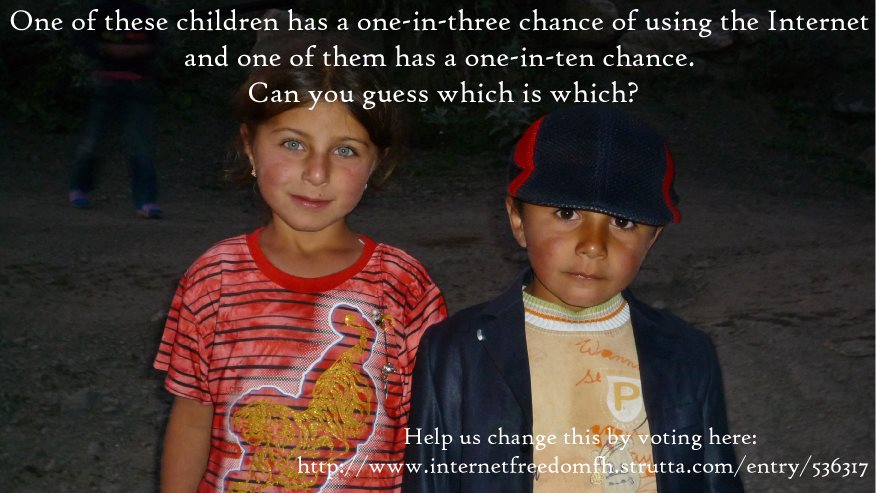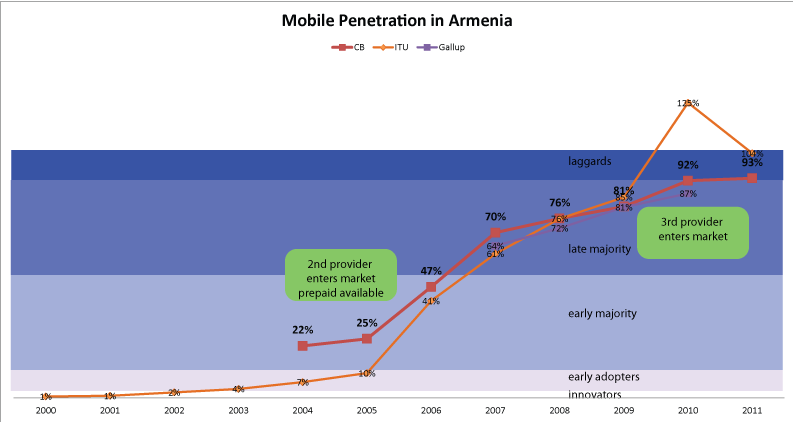Please help support our research project
I am incredibly lucky to have some amazing research collaborators and friends. For the project that I’m about to describe, I’m working with three women who rock my world. Two of them are also academic mommies of young kids (together we have 5 kids under age 6), two are non-native English speakers working in English at a near native proficiency – which is awesome, and all three are great and funny friends who work exceptionally hard and are passionate about creating positive change in the region. Two are also well known gender and digital activists in the region while the other two are American academics with over a decade of involvement in the region. We are all deeply concerned about inequalities in the region, especially for women.
We are all also interested in the role that technology can play in helping to better the region.
So, with that gushing out of the way, I want to share with you our (Sarah Kendzior, Jale Sultanli, and Arzu Geybullayeva) research proposal.
Last year in running the normal analyses on the Caucasus Barometer to see what percentage of the population has access to certain technologies, I noticed that ONCE AGAIN Azerbaijan lagged behind Armenia and Georgia. This seems strange because they’re, on the whole, wealthier – and wealth is the primary predictor for technology ownership.
What I soon realized is that one of the reasons that Azerbaijanis are less likely to own and use technologies is that there are huge gender discrepancies.
I was really saddened by this and after sharing my findings with these wonderful women, we began chatting through social media channels and privately (sometimes in person, sometimes digitally) about these issues. We were all worried about this problem and what it means for Azerbaijan today and in the future.
We talked about trying to pull together a research proposal but we were all quite busy. I’ve been starting a new academic position, Jale moved to an entirely new country while working on her PhD, Sarah has been transitioning out of academia, and Arzu, as usual, has her hands in many projects. Sarah and I are also working on a few other projects regarding Internet in Azerbaijan (as we have in the past), but none with a gender lens.
But then we saw that Freedom House was hosting a contest for projects related to Internet freedom with public voting. I immediately emailed my lovely friends and suggested that this could be the opportunity that we’ve been waiting for to explore the question of what is going on with women and the Internet in Azerbaijan.
So we worked on our proposal and now we need your help.
Our idea is to run a series of focus groups in Azerbaijan to talk to women (and men) about what’s going on with women and the Internet. We’ll also conduct some interviews. After our analysis we’re going to disseminate the findings in an advocacy campaign.
You can vote on our project once a day for this entire week. Here’s the voting site. Please share.
I feel very fortunate to have the opportunity to work on such an important project with such amazing collaborators. We greatly appreciate your support.
Here are some images I made to promote it.




